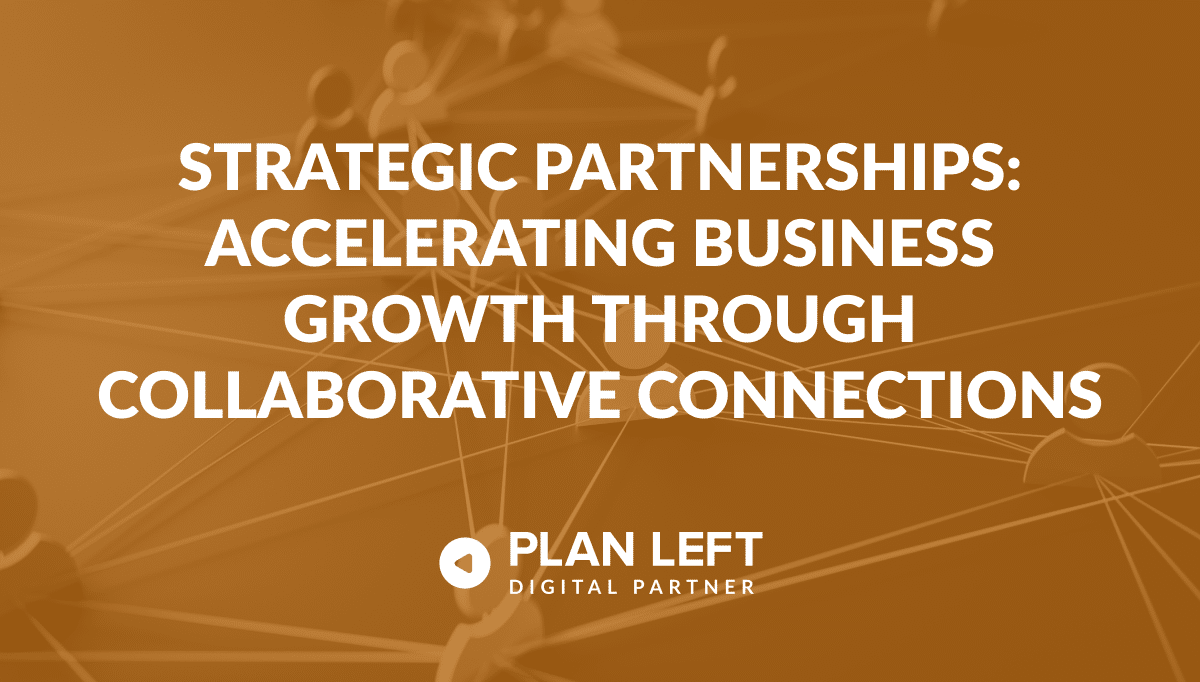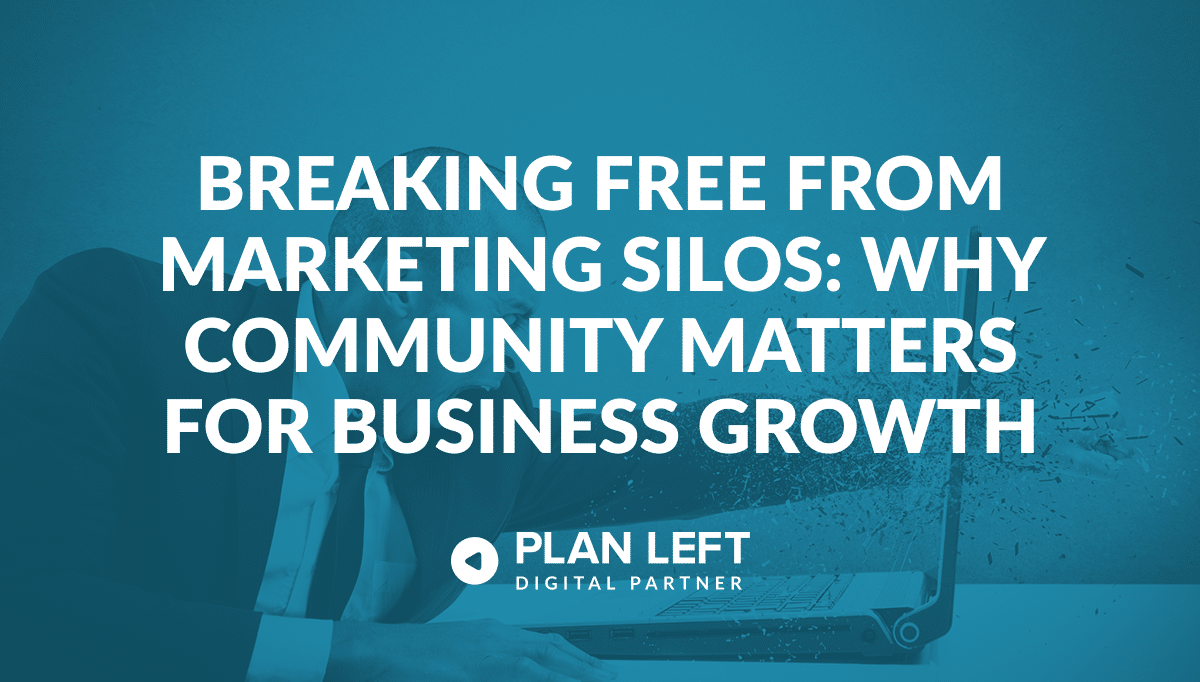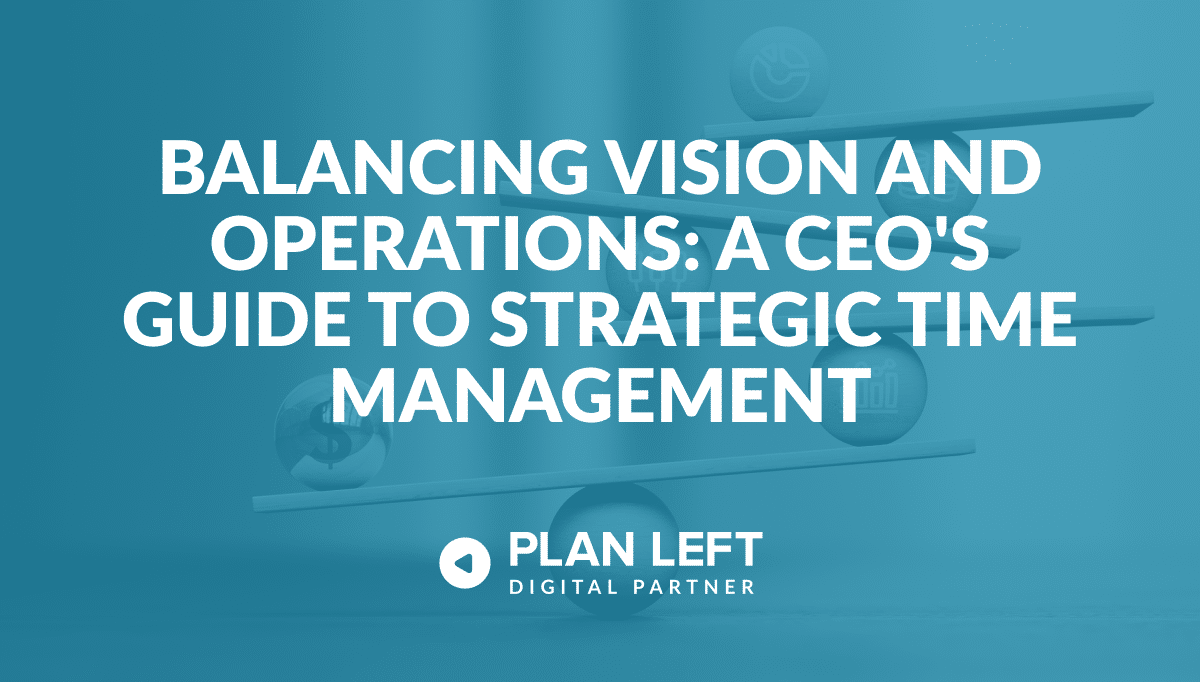
Business growth rarely happens in isolation. Strategic partnerships have emerged as a powerful catalyst for companies seeking to expand capabilities, enter new markets, and drive innovation.
Intentional Partnerships
Strategic partnerships transcend traditional vendor relationships or casual networking. These are intentional collaborations that create exponential value by leveraging complementary strengths and shared visions.
The most transformative partnerships are built on mutual trust, aligned capabilities, and a focus on creating unique value that neither organization could achieve independently.
Identifying Partnership Opportunities
Discovering the right strategic partner requires a methodical approach rooted in deep self-awareness. Companies must conduct a comprehensive assessment of their organizational strengths, weaknesses, and strategic objectives. The most effective partnership identification goes beyond surface-level connections, looking for organizations that can fill critical capability gaps, provide access to new markets, enhance product offerings, or accelerate operational capabilities.
Considerations include:
- Complementary market positioning
- Shared values and long-term vision
- Potential for mutual value creation
- Alignment of strategic objectives
Approaching Potential Partners
Successful partnership development is an art of genuine relationship building. The most effective approach focuses on creating value from the first interaction, demonstrating a commitment to mutual success. This means engaging in low-stakes collaborative environments, attending industry events, and focusing on understanding potential partners’ challenges rather than immediately pitching your own needs.
Patience and authenticity are crucial. Begin by exploring how your organization can provide value to potential partners, building trust through consistent, meaningful interactions. Look for opportunities to collaborate on small projects that demonstrate compatibility and mutual benefit.
Negotiating Collaborative Relationships
Effective partnership negotiations require a delicate balance between protecting your interests and ensuring your partner’s success. Develop clear frameworks that outline specific roles, establish measurable success metrics, and provide flexibility for future evolution.
Many successful partnerships start with low-risk pilot projects that allow both parties to demonstrate capabilities and build confidence.
Maintaining and Scaling Partnerships
Strategic partnerships demand ongoing attention and systematic management. Implement regular communication rhythms, conduct quarterly performance reviews, and continuously track partnership health metrics. The most dynamic partnerships evolve over time, transforming from simple referral relationships to deep strategic collaborations.
Measuring Partnership Success
Success metrics should extend far beyond financial performance. A comprehensive evaluation approach considers multiple dimensions of value, including market expansion, customer acquisition, relationship quality, innovation potential, and strategic alignment. The goal is to create a holistic view of the partnership’s impact and potential.
The Competitive Advantage of Strategic Connections
The most successful organizations view partnerships as strategic assets rather than transactional relationships. By systematically developing collaborative connections, companies can access enterprise-level resources while maintaining organizational agility. These partnerships become powerful mechanisms for driving innovative solutions, accelerating market entry, and expanding capabilities cost-effectively.
Strategic partnerships represent a nuanced approach to business growth in today’s complex environment. The companies that excel are those who view collaborative relationships as dynamic, evolving connections that require continuous nurturing and strategic thinking.
The true art of strategic partnerships lies not in finding perfect connections, but in creating mutually beneficial relationships that generate value, adapt to changing markets, and unlock new possibilities for both organizations.
Explore Latest Posts
Breaking Free from Marketing Silos: Why Community Matters for Business Growth Every entrepreneur knows the weight of making decisions alone. ... read more
December 11, 2025
A Step-By-Step Approach to Breaking Free from Generic Marketing Enterprise marketing leaders face the challenge of standing out among countless ... read more
December 9, 2025
The constant tug-of-war between strategic vision and operational demands defines the modern CEO experience. While your company's future depends on ... read more
December 4, 2025
Essential Strategies for Entrepreneurs
Get Actionable Business Insights & Marketing Tips
Our newsletter delivers real-world strategies from entrepreneurs who’ve been exactly where you are.
Sign up now for:
- Actionable growth strategies that work
- Insider tactics for attracting top talent
- Real-world case studies from successful founders
- Emerging tech trends that drive innovation
- Pragmatic marketing approaches for visionary leaders




